Recently my boss came across a graph where a time series plot was modified to include a "thickness" response. We wondered if this would be a good addition to the GTL / SG Series plot statement. What would the result look like, and what are the pros and cons? So, I took up
Uncategorized
Warum gehen Experten heute noch auf Fachmessen und Kundenveranstaltungen? Die meisten Informationen lassen sich doch heute im Internert recherchieren, bequem herunterladen und auf der nächsten Geschäftsreise in Ruhe studieren. Wenn der Bedarf konkreter wird, wird Ihnen jeder Anbieter, wie auch SAS, bereitwillig mit Vor-Ort-Besuchen und Referenztelefonaten zur Verfügung stehen. Was
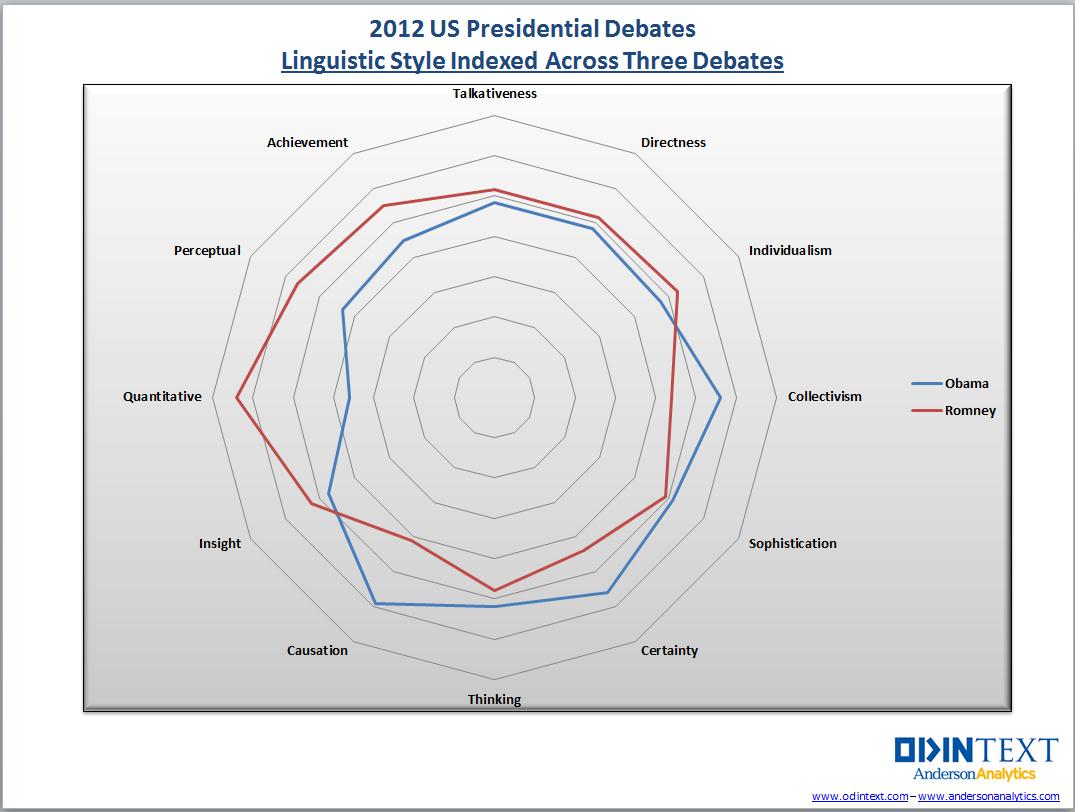
A common visualization is to compare characteristics of two groups. This article emphasizes two tips that will help make the comparison clear. First, consider graphing the differences between the groups. Second, in any plot that has a categorical axis, sort the categories by a meaningful quantity. This article is motivated

Even the best programmers make mistakes. For most errors, SAS software displays the nature and location of the error, returns control to the programmer, and awaits further instructions. However, there are a handful of insidious errors that cause SAS to think that a statement or program is not finished. For

In SAS 9.4, the SAS programming language continues add new features by the truckload. I've already discussed PROC DELETE (which is actually an old feature, but like an 80s hit song it's now back with a better version). In this SAS Tech Talk video from SAS Global Forum 2013, I

If you need an excuse to get out of the office and perhaps learn a thing or two this fall, here are three upcoming events: Foresight Practitioner Conference: S&OP and Collaborative Forecasting (Columbus, OH, September 25-26) From the campus of Ohio State University, Foresight's editor Len Tashman and S&OP column

Earlier this week I posted a "guest blog" in which my 8th grade son described a visualization of data for the 2013 ASA Poster Competition. The purpose of today's blog post is to present a higher-level statistical analysis of the same data. I will use a t test and a
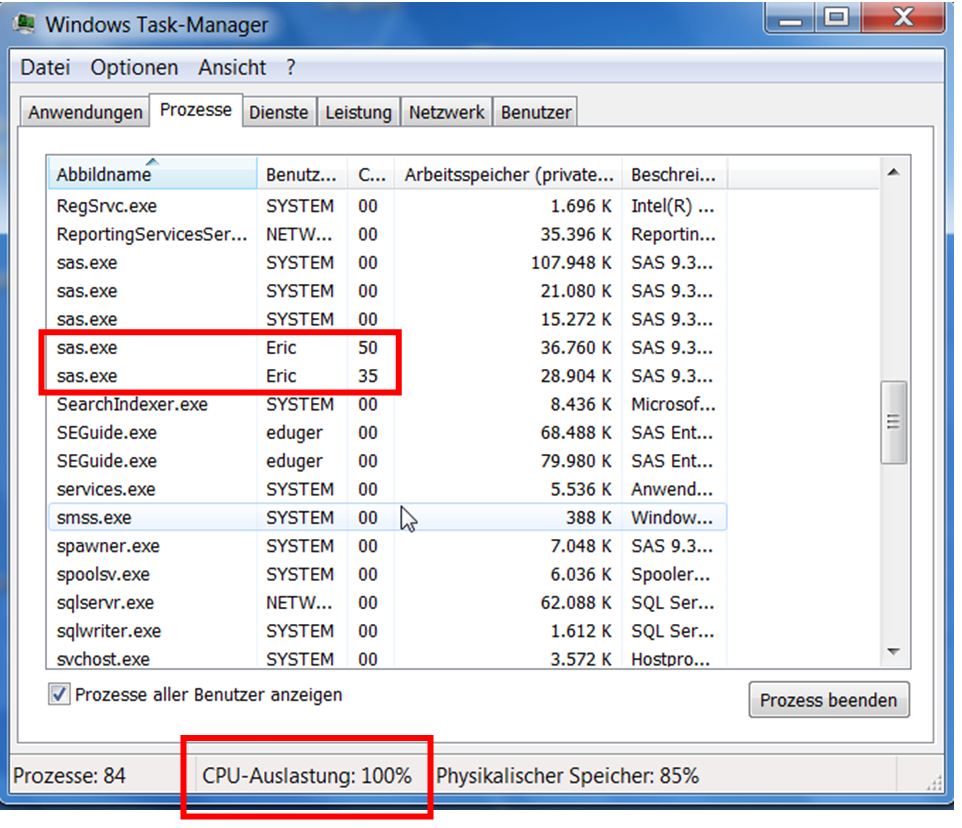
Teil 1: Performancekiller Der SAS Enterprise Guide ist ein sehr intuitives und trotzdem ausgesprochen mächtiges Graphical User Interface. Neben einer kompletten Programmieroberfläche, bietet er eine Menge Point- and Click Anwendungsroutinen, durch welche man vom Einlesen von Excel-Dokumenten, über SQL-Abfragen, bis hin zu komplexen Grafiken und Vorhersagemodellierungen, mit ein paar Klicks alles erreichen
Die Entwicklung der Rechenkapazitäten ist so rasant, dass man sich das gelegentlich vor Augen führen muss. Vor einem halben Jahrhundert sind Menschen regelmäßig ins All geflogen – mit Computern, deren Leistungsfähigkeit heute von jedem Smartphone übertroffen wird. Während vor wenigen Jahren noch hochqualifizierte Spezialfirmen viele Monate und Jahre für Planung
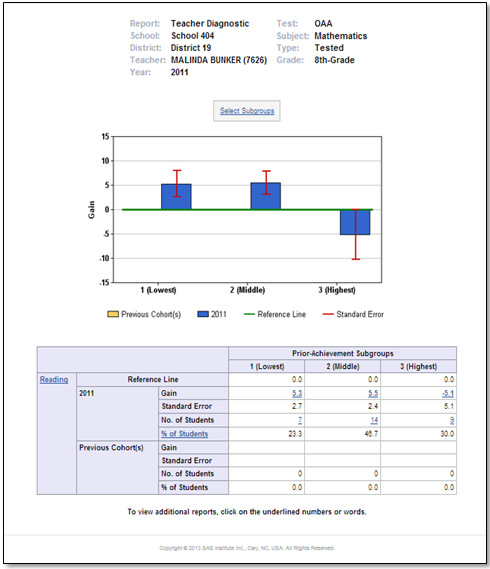
As student growth or value-added measures become more prevalent in educator evaluation systems, many question how those ratings actually help teachers improve their practice. i.e. “How does a level 3 teacher become a level 4 or 5?” Robust and reliable value-added data serve as a great starting point for teachers
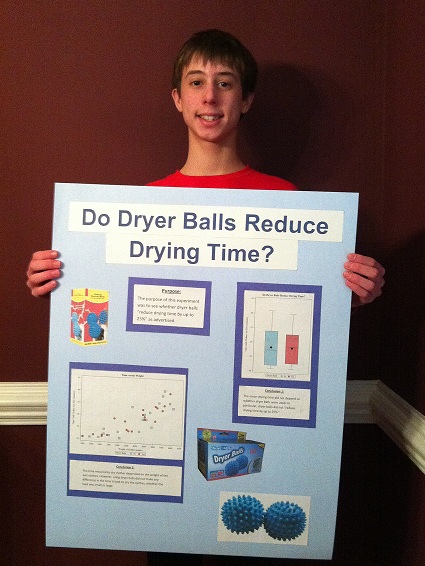
Editor's Note: My 8th grade son, David, created a poster that he submitted to the 2013 ASA Poster Competition. The competition encourages students to display "two or more related graphics that summarize a set of data, look at the data from different points of view, and answer specific questions about
The graphs produced by the SG procedures (and GTL) have a default look and feel designed for the common use cases. However, everyone has a preference for some special features that make the graphs unique. Fortunately, extensive customizations can be made to graphs produced by these tools using statement and

John Taylor likes computer data the way he likes big trout: here, there or anywhere. Which is perfectly natural, considering he’s the data analyst in the Inland Fisheries Department at Texas Parks and Wildlife. Taylor describes his unspoiled enthusiasm for big data and big fish in this sendup of Dr. Seuss that
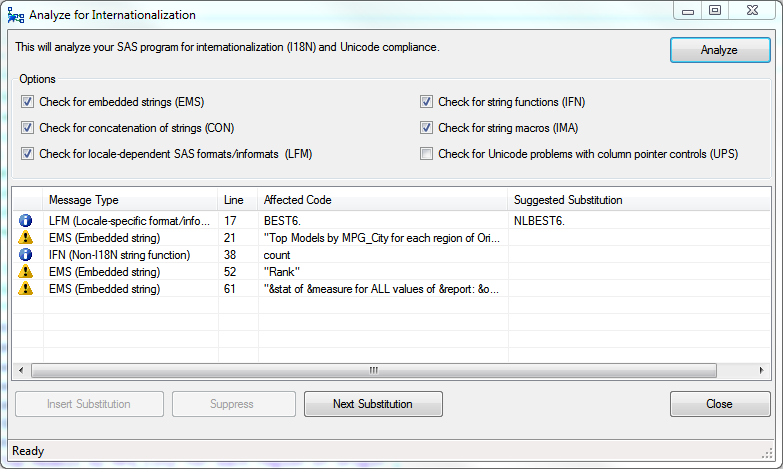
If you're a software developer, you're probably already familiar with these terms: I18N and L10N. Internationalization (I + 18 letters + N = I18N) The discipline of preparing your software to run correctly in different languages with different culture settings. For example, the software must be able to accommodate multibyte

The Empirical Evidence Steve Morlidge presents results from two test datasets (the first with high levels of manual intervention, the second with intermittent demand patterns), intended to challenge the robustness of the avoidability principle. The first dataset contained one year of weekly forecasts for 124 product SKUs at a fast-moving consumer
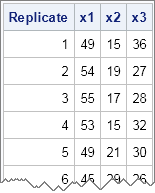
My previous post described the multinomial distribution and showed how to generate random data from the multinomial distribution in SAS by using the RANDMULTINOMIAL function in SAS/IML software. The RANDMULTINOMIAL function is simple to use and implements an efficient algorithm called the sequential conditional marginal method (see Gentle (2003), p.

Suppose we have a perfect forecasting algorithm. This means that we know the "rule" guiding the behavior we are forecasting (i.e., we know the signal), and we have properly expressed the rule in our forecasting algorithm. As long as the rule governing the behavior doesn't change in the future, then any
With the pervasiveness of mobile devices, being able to read while “on the go” has been easier than ever. How many times have you found yourself in a situation where you pass the time waiting by reading something on your phone/iPad/tablet etc? With eBooks on my iPad, I find that
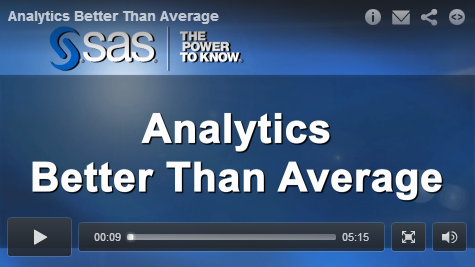
Stellen Sie sich vor, Sie sind der CEO eines weltweit operierenden Unternehmens und finden in einem Benchmark heraus, dass Ihre Wettbewerber stärker wachsen als Sie. Deshalb starten Sie eine Analytics-Strategie, stellen einen Datenanalysten an, nennen ihn Data Scientist (so heißt das nämlich heute) und bitten ihn, analytisch optimierte Marketingkampagnen zu

This article describes how to generate random samples from the multinomial distribution in SAS. The content is taken from Chapter 8 of my book Simulating Data with SAS. The multinomial distribution is a discrete multivariate distribution. Suppose there are k different types of items in a box, such as a

While I've long advocated the use of Coefficient of Variation (CV) as a quick and dirty indicator of the forecastability of a time-series, its deficiencies are well recognized. It is true that any series with extremely low CV can be forecast quite accurately (using a moving average or simple exponential smoothing

With the release of SAS 9.4 (which included SAS/STAT 12.3 and SAS Enterprise Guide 6.1), you might seriously consider hiring a Chief Versions Officer (CVO). Fortunately, most of the recent versions of SAS Enterprise Guide work with the different recent versions of SAS, so you have some flexibility as you

Im fortschreitende Modernisierungsprozess befindet sich die öffentliche Hand im Spannungsfeld zwischen knappen Kassen und demografischem Wandel einerseits und Forderungen nach einer wirkungsorientierten und bürgernahen Auftragserfüllung andererseits. Die zunehmende Komplexität der fachlichen Zusammenhänge innerhalb einzelner Politikfelder und der Abhängigkeiten zwischen verschiedenen Bereichen bindet zusätzliche Ressourcen. Mehr und mehr fordert die Politik
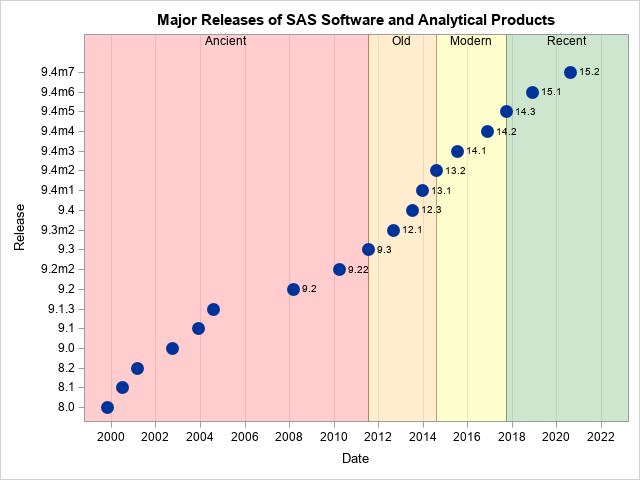
How old is your version of SAS software? The graph on the left shows the release dates for various releases of SAS software, beginning with SAS 8.0. The graph is based on a graph on Jiangtang Hu's blog that shows the major SAS releases up through the initial release of

"Forecastability" is a frequent topic of discussion on The BFD, and an essential consideration when evaluating the effectiveness of any forecasting process. A major critique of forecasting benchmarks is that they fail to take forecastability into consideration: An organization with "best in class" forecast accuracy may do so only because

Previously I've described how you can use SAS Enterprise Guide to send an e-mail message using Gmail as your e-mail provider. In the article, I mentioned that you can also write SAS programs that send e-mail messages, but at the time you could not reach Gmail using the FILENAME EMAIL
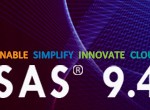
Seit 37 Jahren liefert SAS Innovationen im Bereich Analytics. Alle zwei bis drei Jahre stehen größere Renovierungen in der Plattform ins Haus - und dieses Jahr ist es wieder soweit. SAS verschafft der Unternehmens-IT mit der neuen Version seiner Business-Analytics-Plattform SAS 9.4 eine neue Basis für analytische Anwendungen. Grundlage hierfür
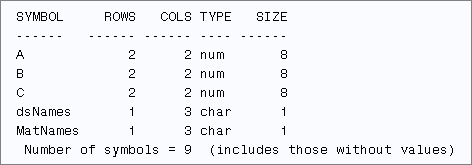
Do you have dozens (or even hundreds) of SAS data sets that you want to read into SAS/IML matrices? In a previous blog post, I showed how to iterate over a series of data sets and analyze each one. Inside the loop, I read each data set into a matrix
Agile Business Intelligence ist aktuell in aller Munde. Ziel ist stets, Anforderungen des Fachbereiches schneller zu erfüllen, als dies mit herkömmlichen Entwicklungsverfahren möglich erscheint. Was jedoch unter agiler BI zu verstehen ist und wie sich diese Verfahren von den im Data Warehousing etablierten Vorgehensweisen unterscheiden, darüber herrscht im Markt wenig

From an Enterprise Guide user's perspective, a SAS library is a library. Whether it was defined in the autoexec or in the metadata or by magic, it is there for them to use with no issues. However, there is a difference as metadata defined libraries do not behave in the










